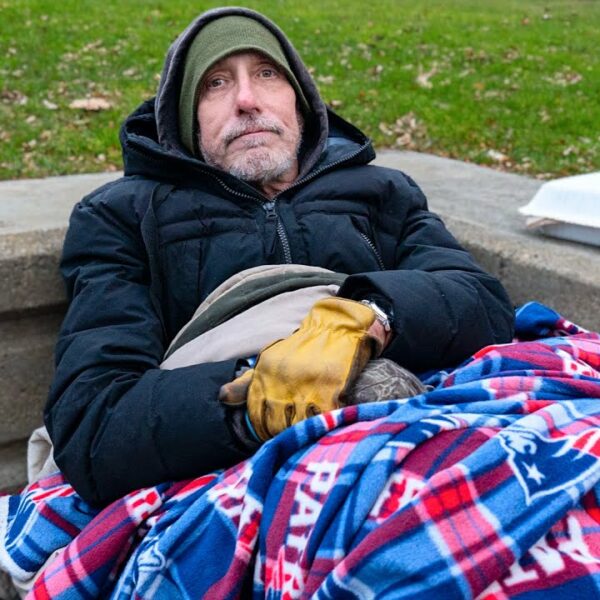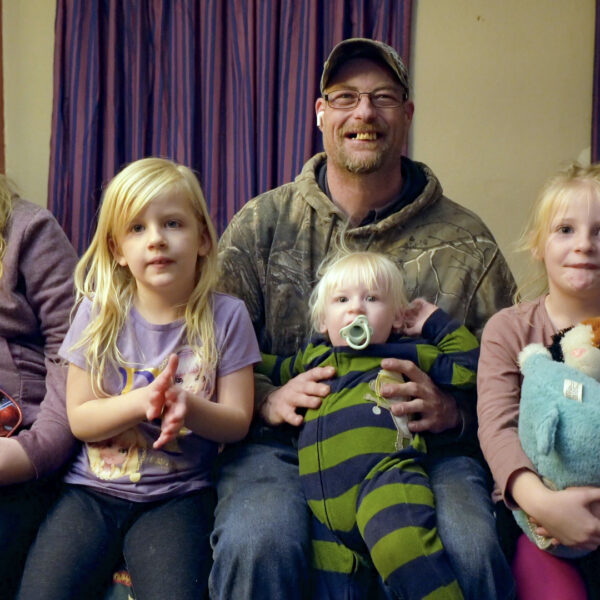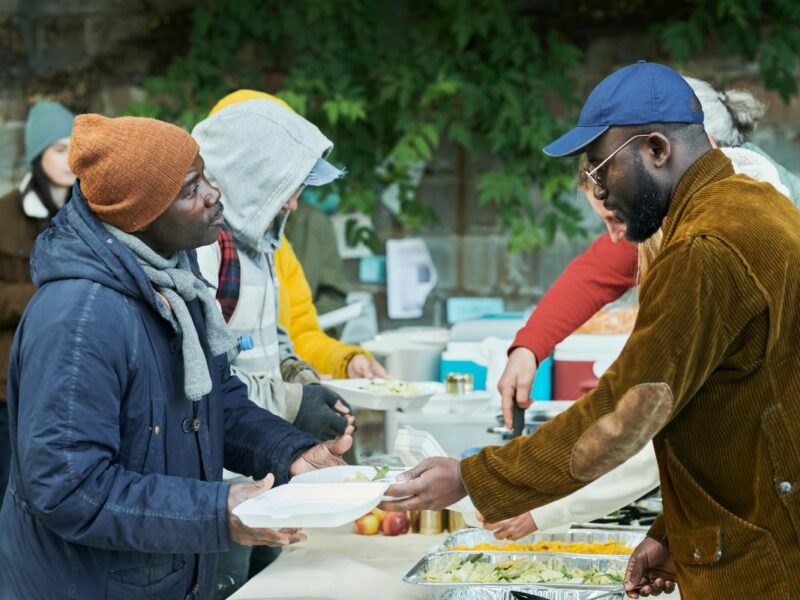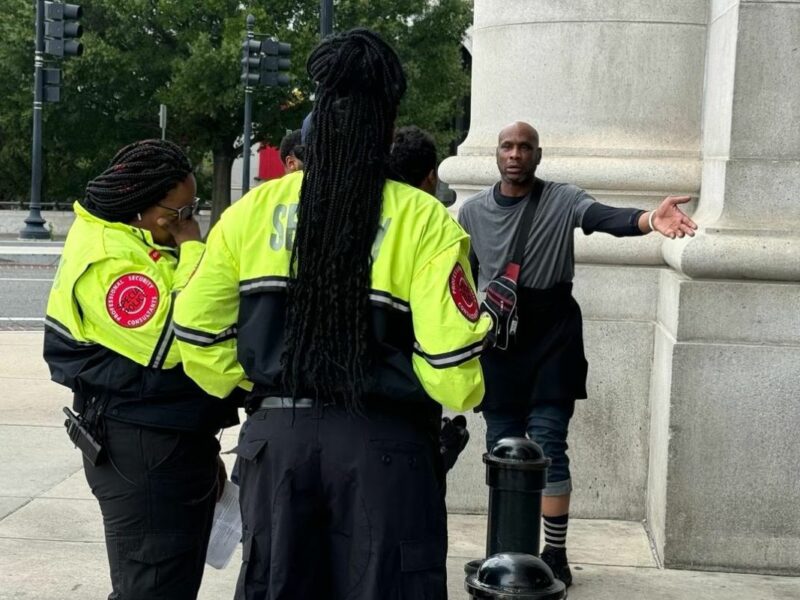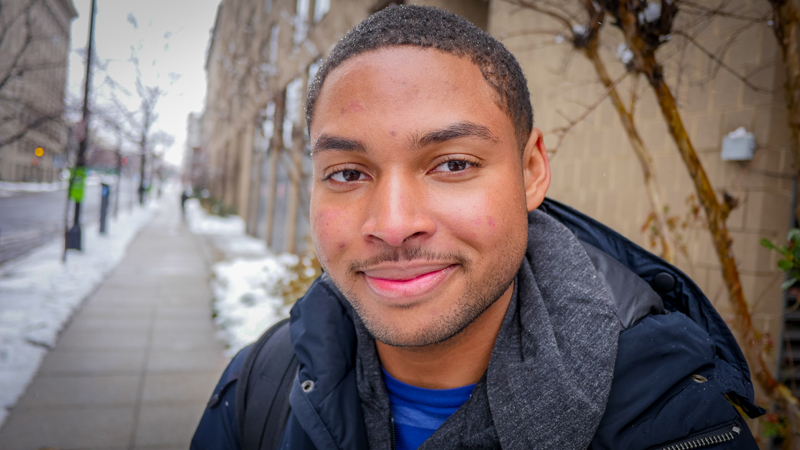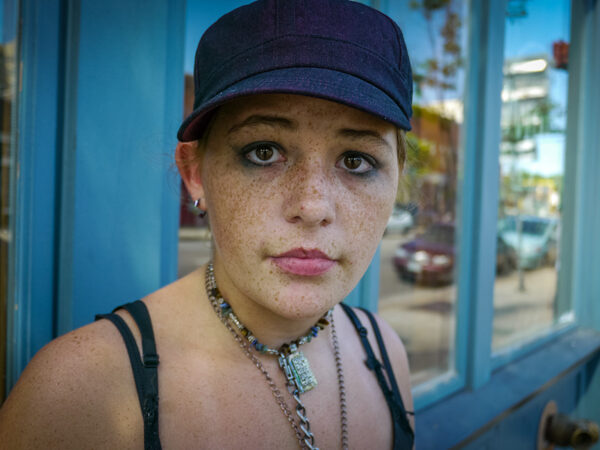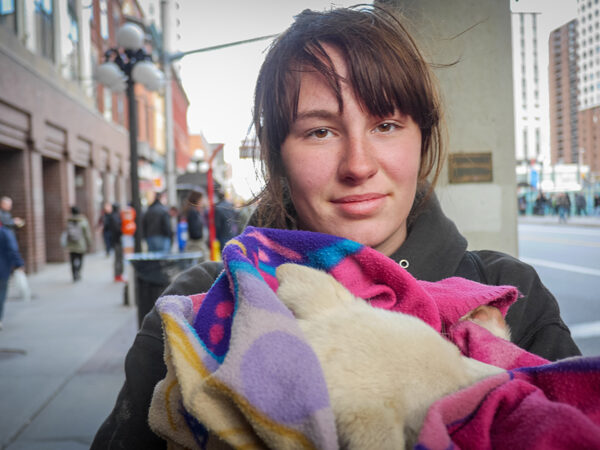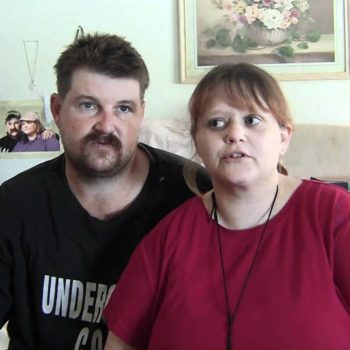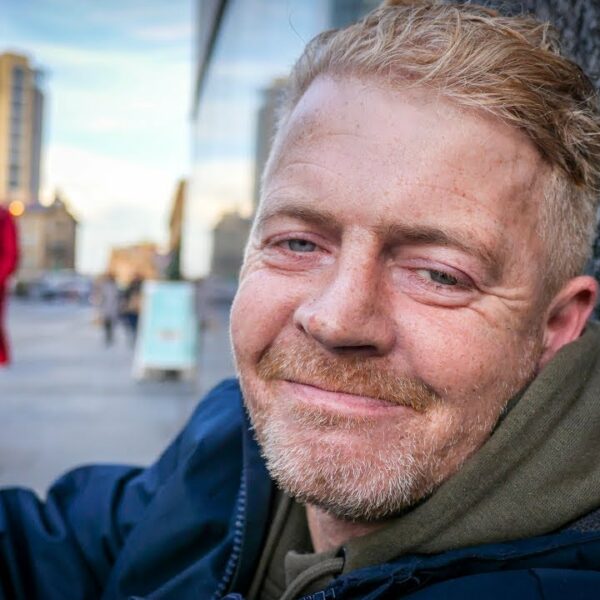Solutions to Youth Homelessness
One in 30 people ages 13-17 experience homelessness each year in the United States. Perhaps you know someone who has been homeless, or maybe you’ve experienced it yourself. Learn how you can help homeless youth.
Unaccompanied homeless youth need many of the same things that other homeless people need:
- safe and affordable housing
- jobs that pay a living wage
- access to school and other educational and job training programs
- health and mental health care
Given the proper support, homeless youth may be able to reunite with their family. Others may need places to live on their own, with roommates, or in “host homes” as well as age appropriate services that support their independence.
For the past few years, community, state and federal agencies—including the U.S. Interagency Council on Homelessness and True Colors Fund—have been increasing collaborations and focusing on preventing and ending youth homelessness. Some have taken on aggressive “100 Day Challenges” to end youth homelessness. Others are identifying ways to collect data and better information on the number of homeless youth in their communities in order to develop effective solutions.
Help Homeless Youth Locally
Here are four suggestions to help homeless youth in your community:
1) Be an ally.
If you know someone who is struggling at home and is thinking about running away, encourage them to get some support. The National Runaway Safeline is a confidential resource to help young people who are considering leaving home or who already have. Their website is 1800runaway.org and their phone number is 1-800-Runaway. You may also reach out to your school counselor or find out who your McKinney-Vento liaison is – that’s the person in every school district whose job it is to help students who are homeless. You may also want to share this guide, developed by the True Colors Fund.
2) Find youth-specific services.
In many communities, youth-specific services are hard to find. Find an organization in your community that works to support young people or people living in poverty. Ask them what kinds of things they are doing to support young people. If they do have services, offer to volunteer. If they don’t, share some information with them about young people and homelessness (like this blog post) and encourage them to develop a deeper understanding of how to help young people.
3) Break down stigma for LGBTQ people.
Young people who identify as LGBTQ are 120% more likely to become homeless than their non-LGBTQ peers. Support and affirm LGBTQ people’s identities. Support policies in your school and other places in your community that do the same. Stand up against bullying. For more information, visit here.
4) Advocate for change.
By changing policies (local, state and federal), we can help to end homelessness. Finding your local homeless coalition (every state and many cities have one) is a good place to start. If you are 18 years old or older, be sure to register to vote. And then, when Election Day rolls around, vote! Better yet, be an informed voter! What have candidates said about people living in poverty? Have they mentioned issues like equal rights for LGBTQ people, access to health care, affordable housing, and living wages? Do they discuss mental health treatment, addiction, and community violence? Child welfare? Do their solutions seem effective to you?
Learn more—read “4 Ways to Help Homeless People.”



